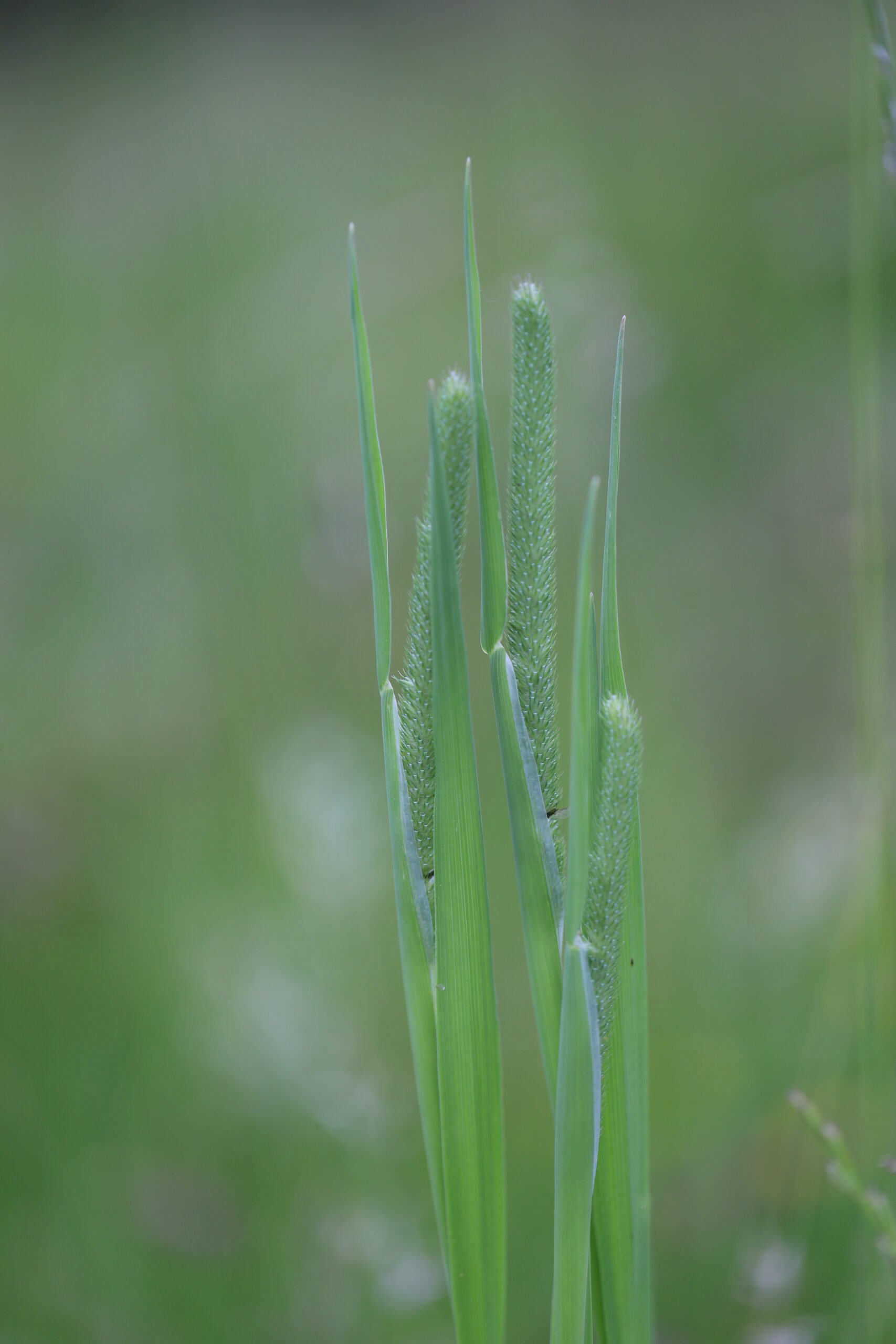Description
Timothy is a tall robust perennial grass which can grow up to 150cm if given good moist soil. It is a competitive grass suited to fodder production but best avoided in habitat mixtures. It has tight cylindrical heads 6cm – 15cm or more in length and broad flat pale greyish-green leaves.
Habitat Information
Timothy is a native British species but is thought to occur naturally in the wild only in old lowland grassland on moist soils such as water-meadows. Elsewhere it is has been widely sown as a fodder grass and has been widely traded internationally; its name ‘Timothy’ attributed to Timothy Hanson who introduced it to the United States in about 1720. For this reason it is difficult to find plants or seed which could be verified as of native wild origin or form.
Growing Information
Timothy seed can be sown at any time of the year when soil conditions are suitable.
Although it has small seed it establishes readily from seed so only a small % is needed in a seed mixture. It is however slower to get fully established in a grazing mix compared to ryegrass so contributes more to yields in its second and subsequent seasons from sowing. Once established it is a persistent grass performing particularly well on heavy wet soils.
Timothy is a cold tolerant grass which will often remain greener and produce more growth through winter and early spring than other grasses.
Timothy is a very palatable grass valued both for grazing and hay making. It is not particularly tolerant of heavy summer grazing and grows better when grazed periodically or cut for hay. Timothy hay was once considered the best hay for horses and produced on a large scale for working horses in towns and cities.


